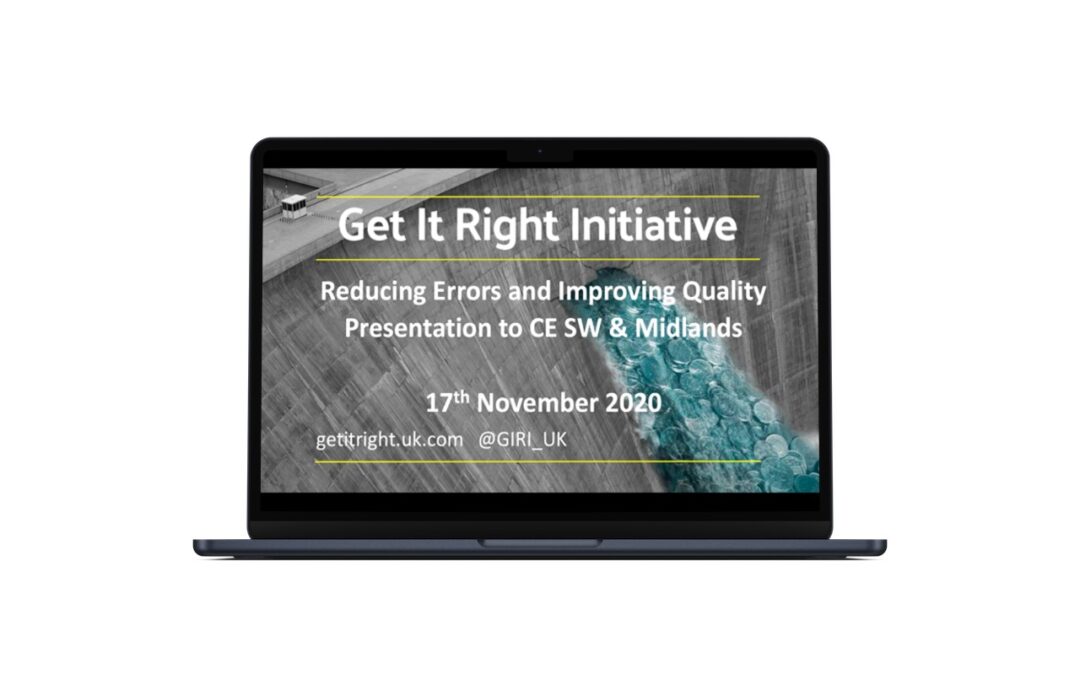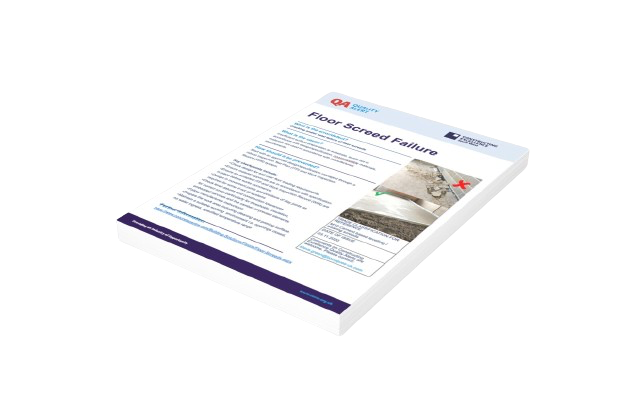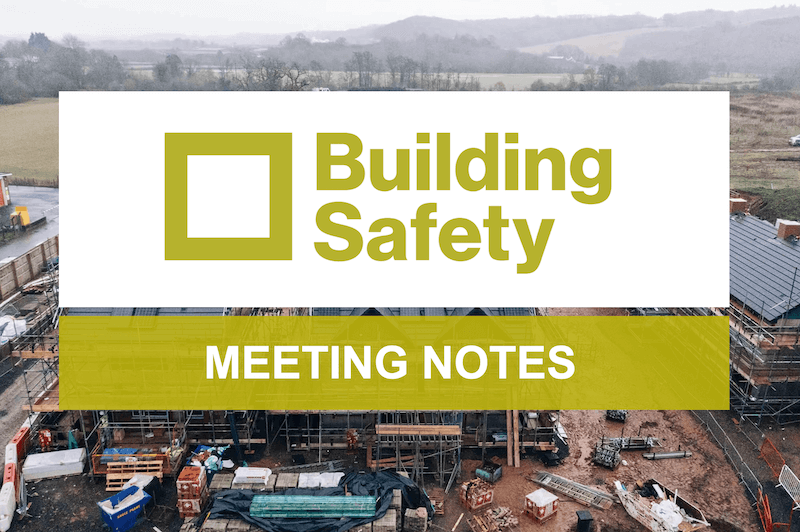
About the group
This Focus Group was assembled in early 2020 to help drive Quality improvements across the Region.
Projects have to be competitively priced and built within an agreed timescale. However, as we can see from recent disasters in the construction industry, it is vitally important not to lose sight of the quality and compliance standards that are specified for the project.
The best way for me to explain the importance of this Group is to quote from Steve Green, Chair of the Quality Focus Group in CE Midlands:
“Over the past few years the national issues around the Edinburgh Schools Enquiry, unacceptable defects on new build homes and the Grenfell Tower tragedy, have all brought the issue of Construction Quality into the public spotlight. At the same time the industry is seeing a significant growth in the adoption of offsite manufacturing and the digitalisation of the construction process generally.”
Our outputs will be to develop a process to capture and implement lessons from the past and to harness new technologies to help drive Quality and Compliance.
Meet the Chair, Jamie Harwood

Jamie Harwood has been the director of Beard Construction’s head office in Swindon since 2019.
His role seems him responsible for the operation and profitability of the 78-stong office and a series of construction projects which range from small maintenance jobs to often-complex, multi-million construction schemes.
Internally, Jamie has an inclusive management style and places great emphasis on team building and the professional development of the people who report to him. He has established the Beard Breakfast Club to create a forum to ensure that all staff’s views are heard.
Externally, Jamie has established an annual supply chain event to recognise and reward the work of the 100-plus subcontractors who support Beard’s Swindon projects.
He also encourages his team to get involved in community projects – in 2022, they helped to raise £17,000 for the Wiltshire-based Youth Adventure Trust.
Jamie’s 25-year career in construction began in 1998 as a graduate trainee with Bristol-based Cowlin Construction. After studying Construction Management at the University of the West of England, Jamie joined Cowlin – rising through the ranks to eventually became the company’s projects director.
Jamie is a Fellow of the Chartered Institute of Building and a Chartered Environmentalist.
Away from the office, Jamie enjoys time with his family, keeping fit, is a keen DIY-er and an avid Liverpool supporter.
Enlightened Client’s Journey to Project Quality and Compliance
The best construction projects have been designed, constructed and maintained successfully to the delight of the client and all those involved in it. The client is fundamental to this success as they set the culture and behaviour at the outset and during the project’s life.

About this guide
The Enlightened Client’s Journey to Project Quality and Compliance, initiated by a sub-group of the CESW Quality and Compliance Focus Group (now Building Safety Group) aims to capture what those enlightened clients do to achieve an exemplary standard of quality and compliance.
We aim to grow this guide online organically, so new content contributions and suggestions for best practice, case studies etc are encouraged and welcomed. Please email us with your thoughts.
Contents
The bank of blue buttons on the right of each page (or at the bottom of smart devices) are links to each page section. The page links below will also appear at the top of every page to ease navigation between pages.
Guide home page (this page)
Introduction
Guide overview and key terms
Enlightened client questionnaire
What are the six Ps?
How we built the six Ps
Knowledge hub
Minor works clients
External resources
Acknowledgements and endorsements
Richard Kochanski
Chair, CESW Building Safety Group
1 August, 2022
Useful links
Subscribe to HSE’s BSR eBulletin
CLICK HERE if you would like to Subscribe to HSE’s BSR eBulletin to get the latest news and alerts on future building safety regulations.
Building Safety Act information centre
CLICK HERE for the RICS Building Safety Act information centre which provides links to helpful documents and the answers to frequently asked questions.LABC Building Safety Act resource page
LABC Building Safety Act resource page
CLICK HERE for the Local Authority Building Control page to read about the Act and to access a host of links to building safety pages and documents.
Building Safety Group events
Latest Building Safety Group news

Be part of driving diversity change in the industry!
How diverse is your company? Diversity enhances workplace outcomes such as productivity, talent retention, and wellbeing....





